A look back at continuing education
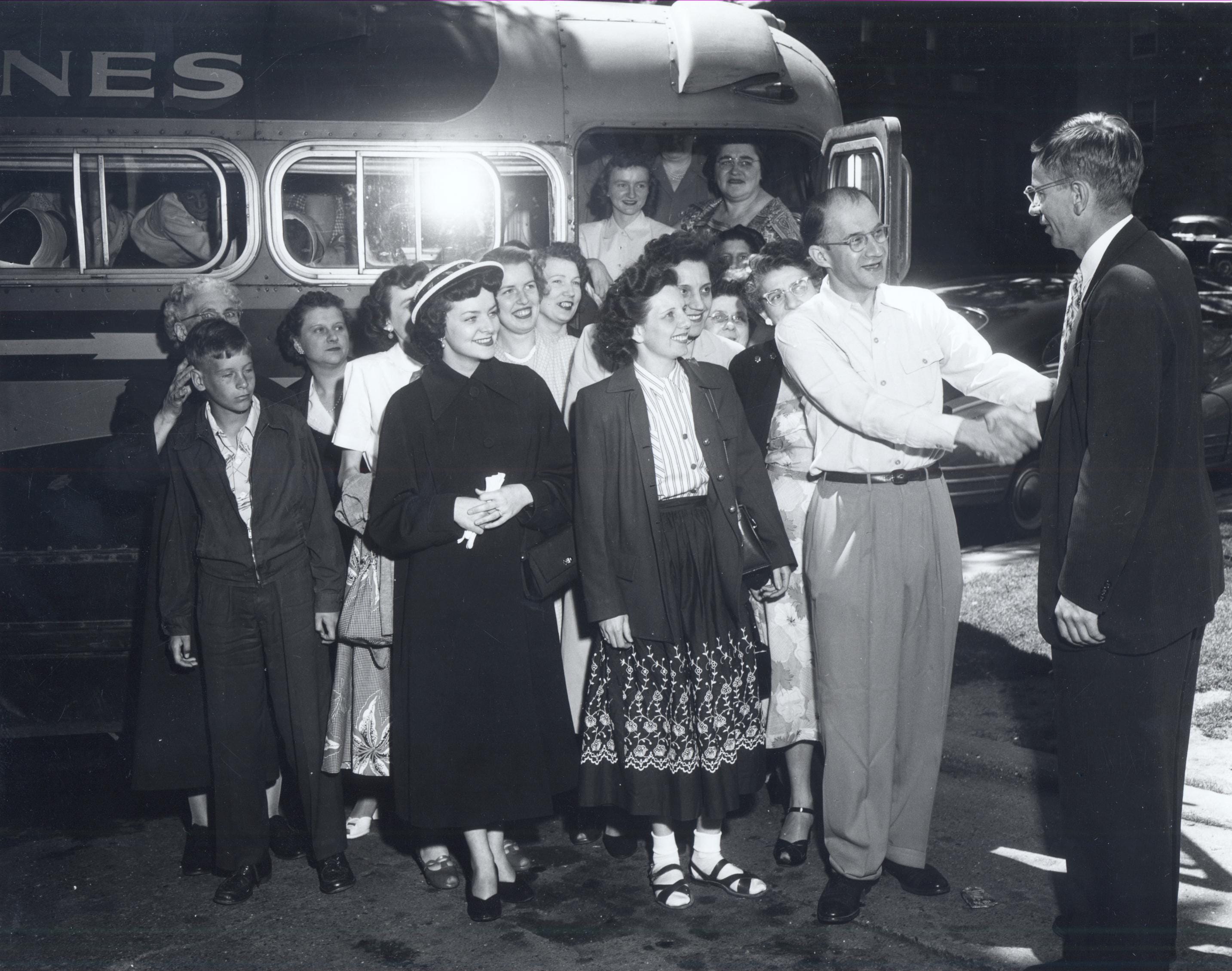
Follow continuing education at UW–Madison through the years, from early correspondence courses in the 19th century to today!
Summer is now in session
UW–Madison offers its first-ever summer session, enrolling 14 students in a six-week language program. Today, UW’s Summer Term enrolls more than 10,000 students annually in in-person and online courses ranging from accounting and art to urban planning and zoology.
1885

Extending agricultural knowledge to farmers
The first Farmers’ Institute is held in Hudson, WI, thanks to legislative work by Hiram Smith, the first farmer appointed to the UW Board of Regents. The Institutes are short-term, practical training programs designed to share the university’s agricultural science knowledge in topics like entomology with state farmers.
1892
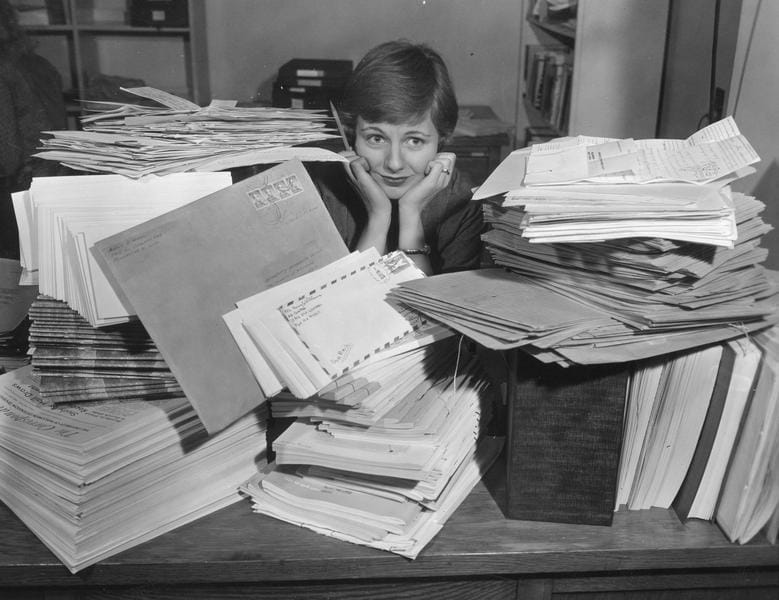
Ely launches learning by mail
Professor Richard Ely directs the UW’s first correspondence study program. By 1895, the program offers 63 courses in subjects ranging from bacteriology to literature; for one 16-lesson course, students pay four dollars, plus the postage for mailing coursework.
1892
UW coins a new term
The term “distance education” is first used in the United States in a pamphlet published by the University of Wisconsin–Madison.
1905
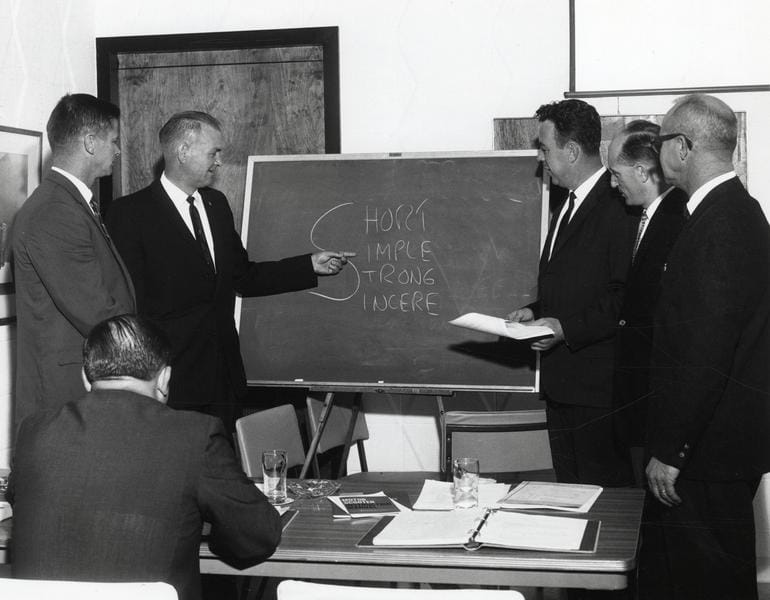
Wisconsin’s idea: learning everywhere
In a speech to legislators, UW President Charles Van Hise popularizes the idea that “the beneficent influence of the University” should reach every home in the state. Now called the Wisconsin Idea, the principle that education should improve people’s lives beyond the classroom is one of the university’s longest traditions.
1919
Rebuilding minds after war
In response to the conclusion of World War I, UW faculty revise exisiting summer informational warfare programs developed in 1917 into a 20-part lecture series on war and reconstruction. Special courses are developed for disabled soldiers, including courses in agriculture, home economics and English.
1925
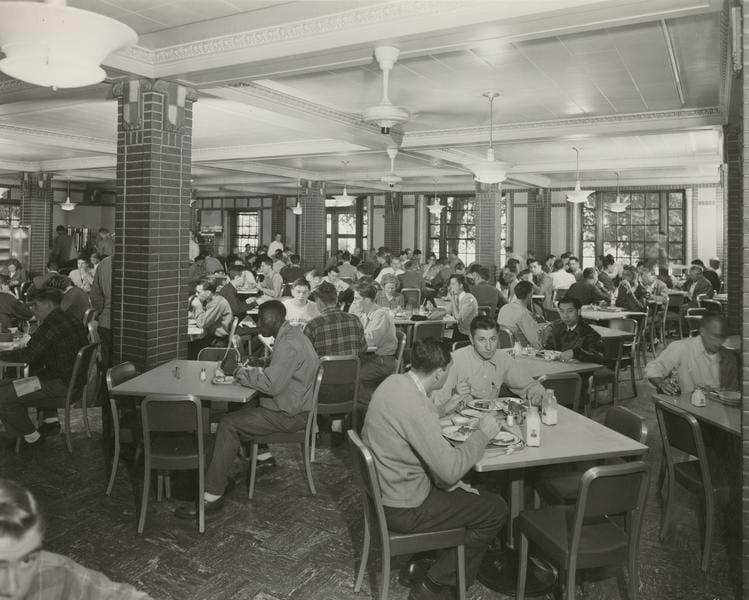
A labor-learning legacy begins
Initially tested in 1924 as a program to educate working-class women, UW’s School for Workers is established to advance the empowerment of all working people, labor organizations and community partners through teaching, research and service. Today, it is the oldest university-based labor education program in the country.
1929
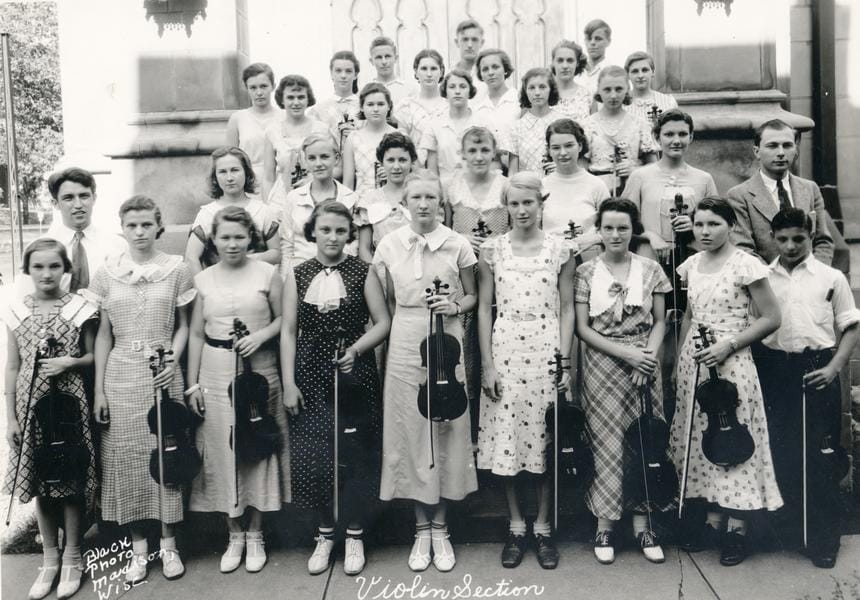
Music clinic strikes a chord
Inspired by the touring bands of the day, UW holds its first Summer Music Clinic for music teachers; the program soon transitions to educating their students. Nearly 100 years later — through a World War, campus riots, and a pandemic — the Clinic continues to educate hundreds of middle and high school students each summer.
1931
Radio waves spark learning
Building on the informational programming developed in 1917 for 9XM (later called WHA), one of the country’s oldest radio stations, UW creates School of the Air to deliver education programs to the state’s primary and secondary school classrooms. In 1931, WHA initiates Wisconsin College of the Air, extending education to adult learners.
1940
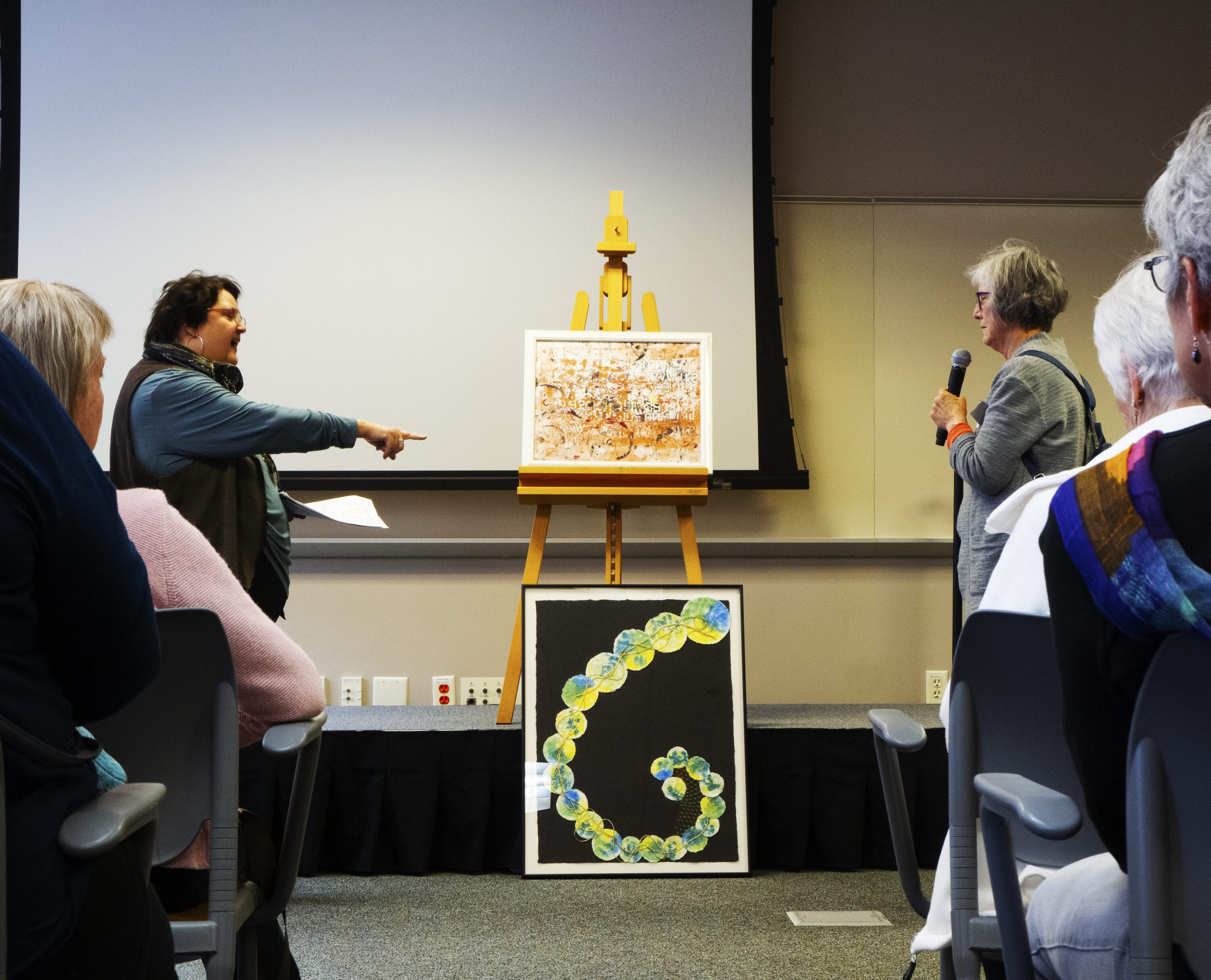
Cultivating Wisconsin’s regional artists
The Wisconsin Regional Arts Program (WRAP) begins as a UW initiative to expand cultural growth and knowledge in rural Wisconsin. Famed American Regionalist painter John Steuart Curry is hired to serve as the university’s first artist-in-residence and to mentor the state’s regional artists. The WRAP program continues today.
1941
Troops study through mail
In the weeks after the attack on Pearl Harbor, the newly formed U.S. Armed Forces Institute, headquartered in Madison, begins offering correspondence courses to servicemembers. Professors in University Extension teach and prepare the courses. By 1953, there are more than 10,000 active enrollments in correspondence study.
1949
Engineered for professional development
Engineering institutes are created through University Extension as professional education programs for working engineers. Known today as Interdisciplinary Professional Development, the UW College of Engineering program has delivered professional education to more than 30,000 working professionals from all 50 states since 2015 alone.
1954
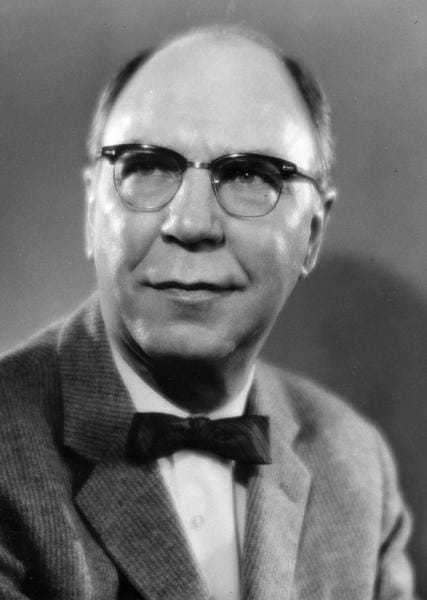
The father of distance learning
Challenging university administrators to the notion that students must be in the classroom to learn, Charles Wedemeyer becomes the director of correspondence education at UW, where he expands access and opportunity to autonomous learners.
1962
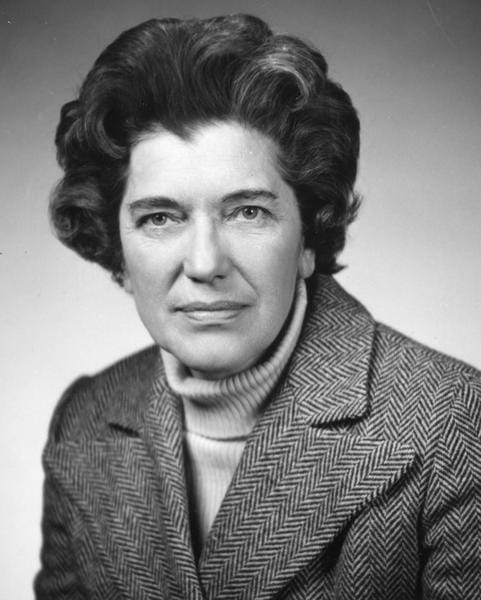
Clarenbach empowers women’s futures
A founding member of the National Organization for Women in 1966, UW–Madison alum Dr. Kathryn Clarenbach is hired by her alma mater to develop continuing education programs aimed at women who want to work outside the home. Over 100 women come to Madison to take a noncredit course on the role of women in the modern world.
1964
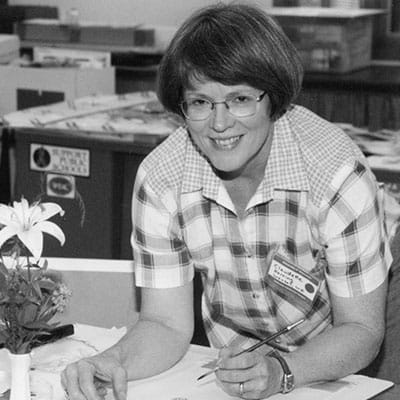
Creative haven in Rhinelander
UW Professor Robert Gard launches the School of the Arts at Rhinelander with a writing retreat to bring arts and culture to rural Wisconsin. Over the next 51 years, the School finds a home at UW–Madison Continuing Studies and expands to include workshops, exhibits and classes in the visual, performing and culinary arts.
1972
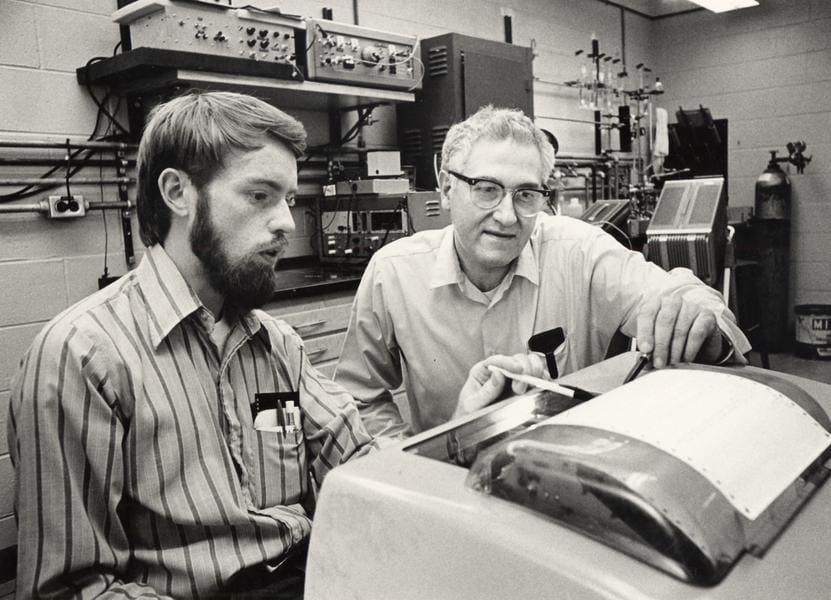
Shane opens doors for adults
In response to an increasing number of adult students seeking to access university courses without enrolling in a degree program, UW–Madison Vice Chancellor (later Chancellor) Irving Shane accepts the recommendation of a faculty and staff ad hoc committee to create the Office of Intercollege Programs.
1973
Back to school after 60
A free course-auditing program for older adults takes off at UW. The university later charges a nominal fee for these courses in the 1990s before a 2000 Wisconsin state statute proclaims course auditing free at all UW System schools and technical colleges for residents aged 60+. Today, UW–Madison enrolls more than 800 older guest auditors annually.
1980

Recognizing adult student excellence
Created by UW administrators Mary Rouse and Peg Geisler, the Outstanding Undergraduate Returning Student Awards are established by the Dean of Students Office to recognize the commitment made by adults returning to complete undergraduate degrees while juggling work and family responsibilities. Today, the awards have expanded to include multiple scholarships for returning adult students.
1985
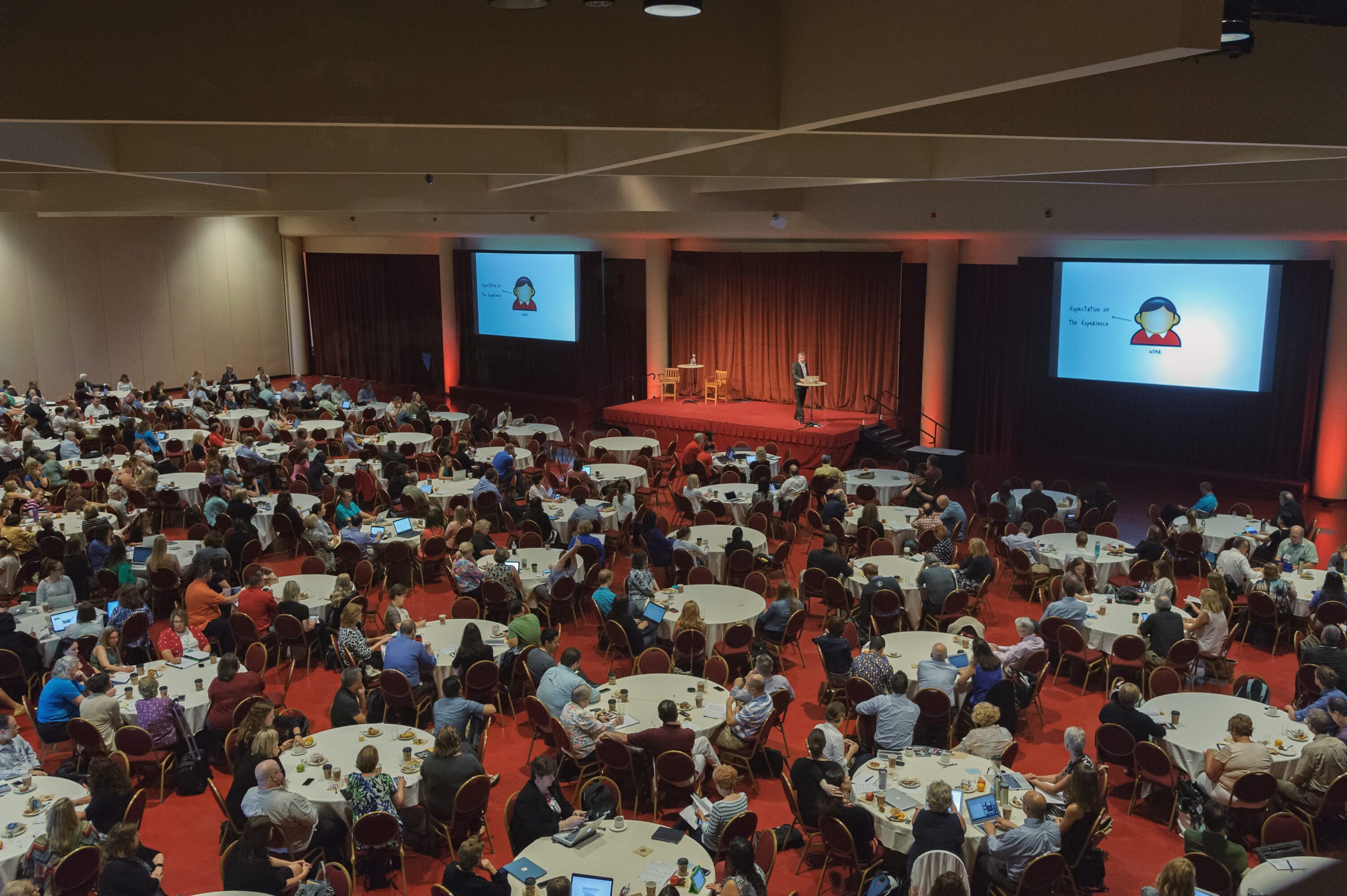
From VHS to virtual education
UW–Madison launches the Distance Teaching & Learning Conference when “distance education” meant sending VHS tapes to students through the mail. Over its 36 years at UW, the conference becomes an international hub for educators and practitioners interested in using online and learning technologies to increase student access to higher ed.
1986
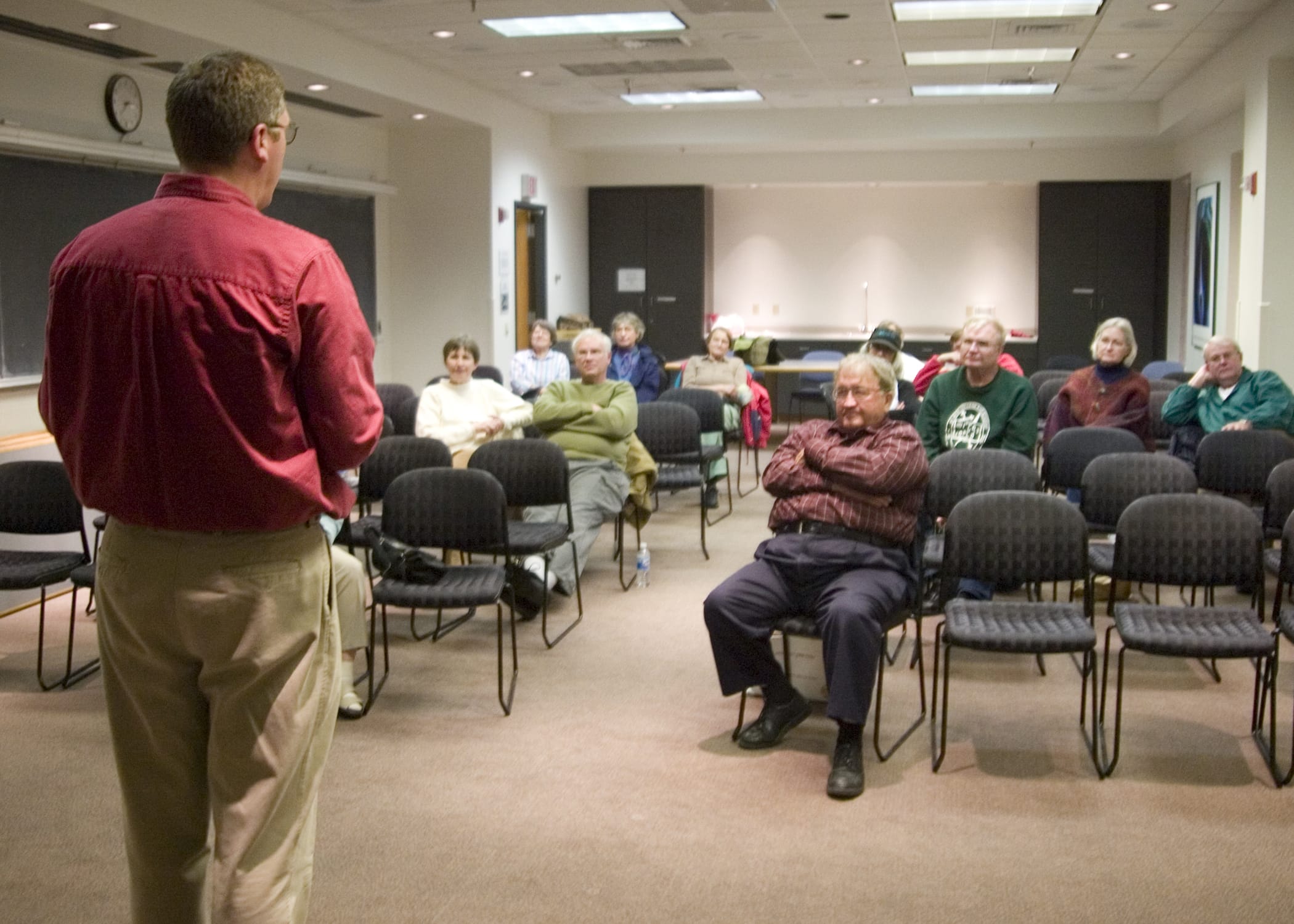
Intellectual pursuits over 50
PLATO — the Participatory Learning and Teaching Organization — offers its first three study groups at UW with 39 members. The volunteer-led organization, which provides noncredit courses, lectures, cultural activities and travel for intellectually curious adults aged 50+, remains active today with more than 850 members.
1989
Writers pen success in Madison
Emerging and experienced writers gather for UW’s first-ever Writers’ Institute, aimed at helping authors of all genres improve their craft and publish their work. Organized by the Division of Continuing Studies, the annual conference becomes the largest of its kind in the Midwest, running for 31 years.
1991
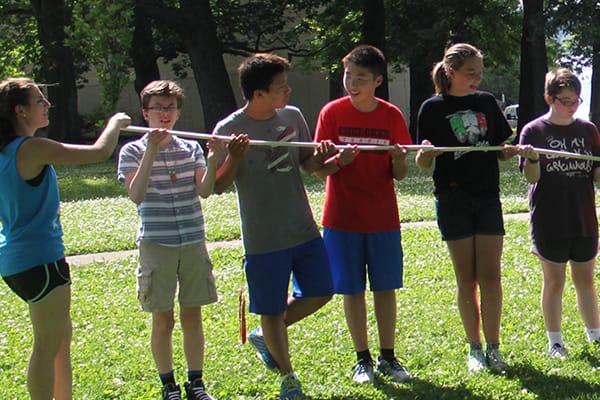
Bright minds start here
The Wisconsin Center for Academically Talented Youth (WCATY) launches at UW–Madison as an academic learning community for elementary, middle and high school students. Young learners from Wisconsin and beyond attend WCATY’s summer programs to explore their educational interests and meet new friends. In 2019, WCATY becomes part of Badger Precollege.
1994
New home for lifelong learners
The Division of Continuing Studies (DCS) is created in the merger of two existing UW–Madison divisions: Summer Sessions and Inter-College Programs, and the Division of University Outreach. Led by Dean Howard Martin, the new DCS serves traditional and nontraditional learners – from undergraduate students taking Summer Term courses for credit to adults completing noncredit programs for personal and professional development.
As the division evolves to increase access to more learners and programs over the years, service and marketing departments are added to DCS to help promote career and educational advancement opportunities available — both within the division and across campus — to traditional undergraduate and graduate students as well as nontraditional learners in Wisconsin and around the world.
1996
Nurses earn degrees remotely
Using audiographics, an early form of distance learning, UW’s BSN@Home program begins with 73 students. This flexible online degree program allows registered nurses to earn a Bachelor of Science in Nursing on their schedule, without leaving home. Since its launch, more than 3,600 Wisconsin nurses have earned their BSNs through the program.
1999
A virtual first advances careers
UW–Madison offers its first fully online graduate degree through the College of Engineering, the Master’s of Engineering in Professional Practice. The two-year program opens a new educational pathway to full-time working engineers worldwide, helping them advance their careers as leaders and managers.
2003
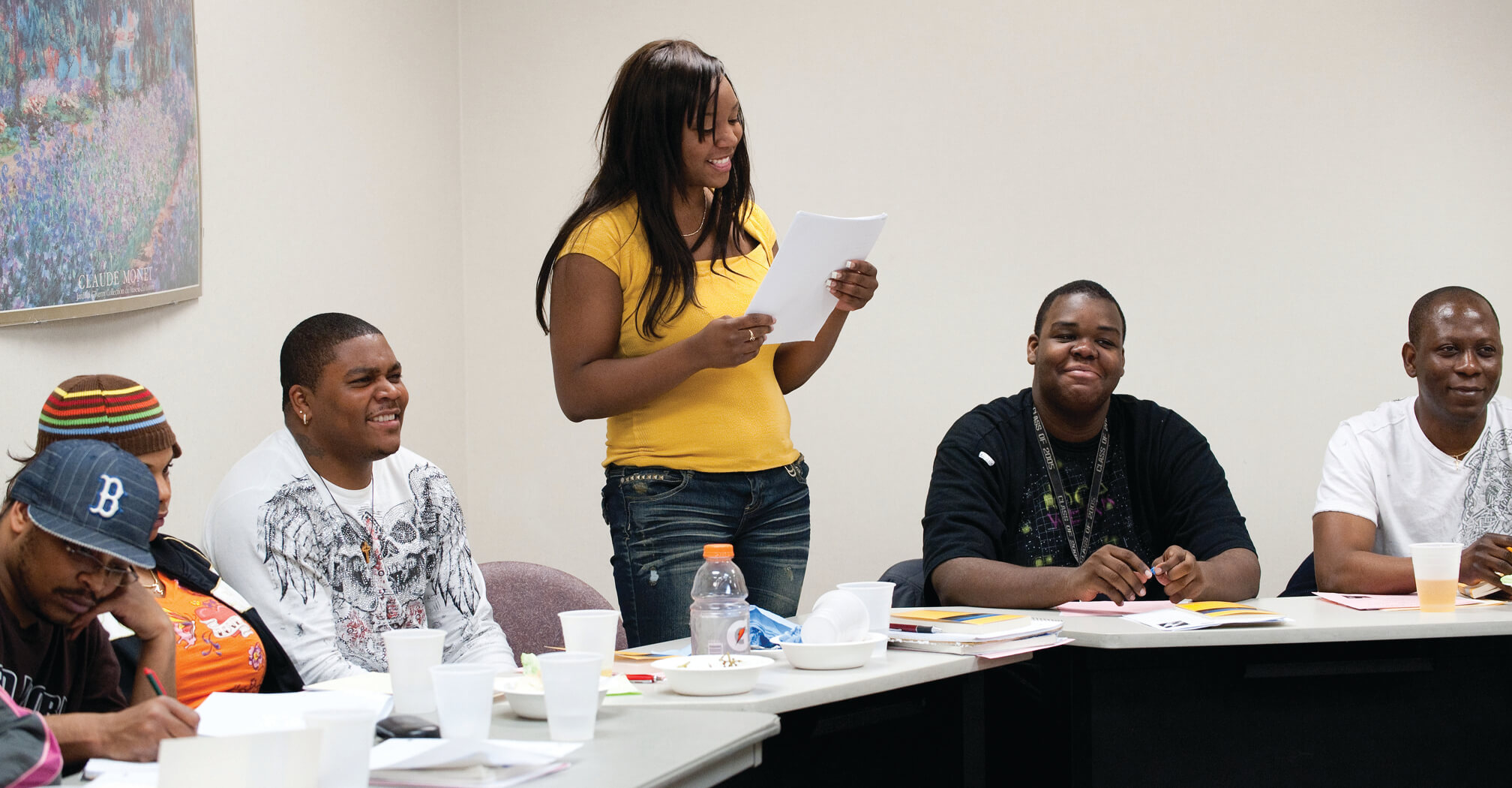
Breaking barriers to higher education
The Odyssey Project opens a door to higher ed when it begins offering UW humanities classes to adults facing economic barriers. Over the next two decades, the program serves more than 500 participants, about one-quarter of whom go on to earn a college degree, professional credential or technical certificate. It now includes six programs, having grown to add opportunities for children, incarcerated adults, military veterans and students age 60 and older.
2005
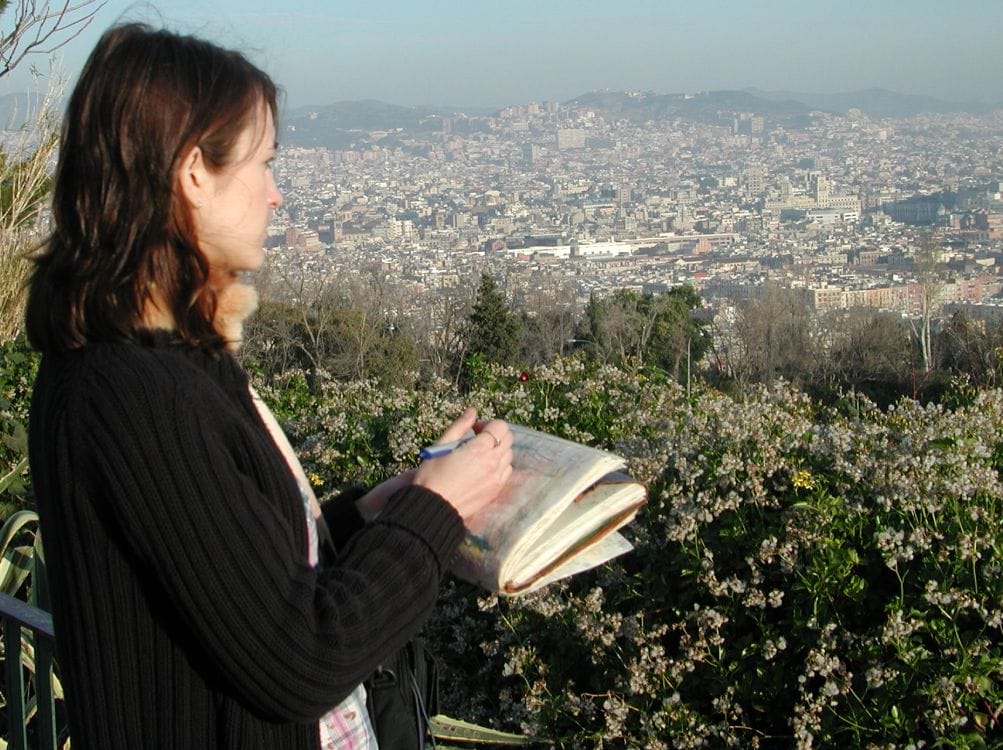
Travel education takes off
From four-day weekends close to home to weeks-long excursions overseas, UW–Madison Continuing Studies educational travel program takes adult learners to explore the classroom of the world. Cultural tours focus on performing arts, visual arts, history, archaeology and more. Until its discontinuation in 2020, the program guides dozens of tours worldwide.
2011
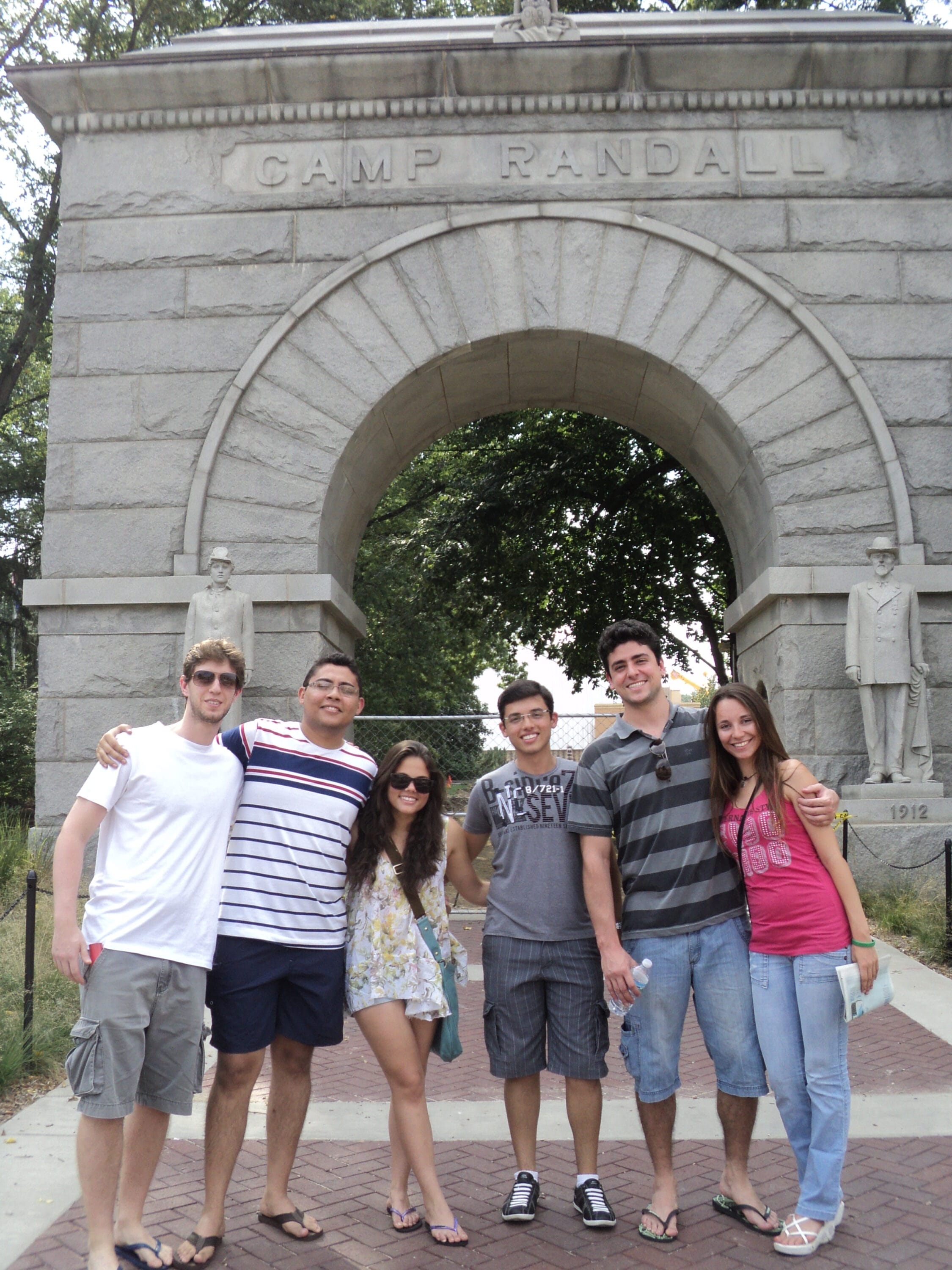
An American university experience
International students have a new way to study at UW–Madison with the creation of the Visiting International Student Program (VISP). Since its inception, VISP has enrolled international students on a short-term, nondegree basis — typically one or two semesters — admitting more than 3,000 students from 42 countries in noncredit, undergraduate and graduate courses.
2013
MOOCs offer learning without limits
The university launches its first Massive Open Online Courses (MOOCs), online classes aimed at unlimited participation and available for free to learners worldwide. With courses ranging from Shakespeare to conservation, MOOCs offer an opportunity for lifelong learners worldwide to connect with and benefit from UW–Madison’s scholarship.
2015
Graduate degrees for busy lives
To increase opportunities for post-baccalaureate learners to advance their careers, UW–Madison creates a centralized program to help schools and colleges across campus develop graduate and professional education programs in alternative formats. These online, hybrid and/or accelerated programs allow students — from traditional graduate students to busy working professionals — to earn an advanced degree or certificate with greater flexibility than a traditional in-person program. In 2024 alone, more than 1,400 students earned this type of graduate degree or certificate from UW.
2017
Promoting pathways to workforce wellness
The Center for Research on College-Workforce Transitions (CCWT), founded by UW–Madison education professor Matt Hora, is created to develop research tools, evidence and educational programs that promote the career development and wellness of college graduates, with an emphasis on those who have been historically marginalized in higher education and the labor market. The program joins the Division of Continuing Studies in 2022.
2018
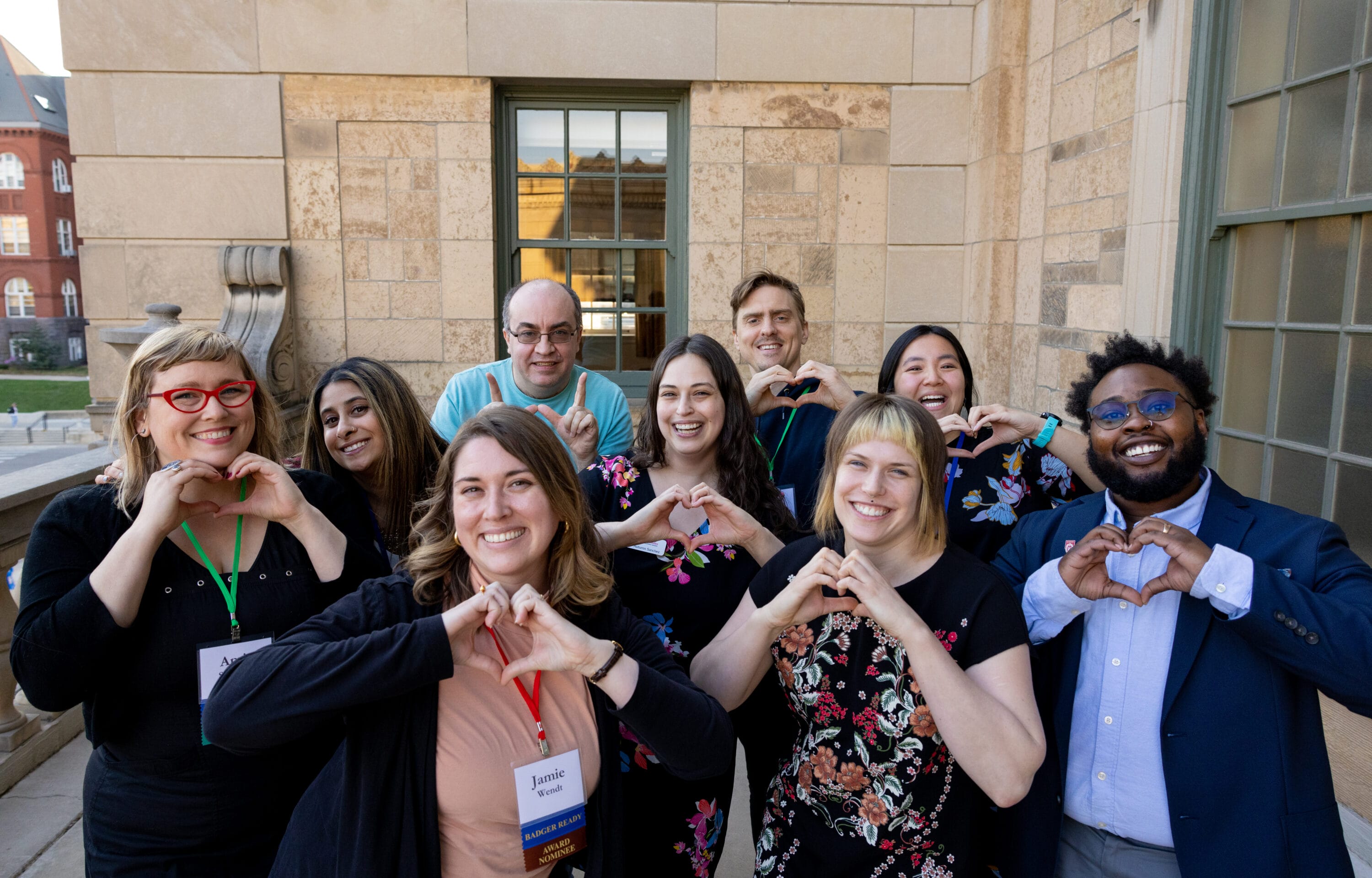
From setback to comeback
Adults whose first experience with college did not go as planned get a new avenue for completing their degree, with a dedicated advisor to help them every step of the way. Geared toward individuals who’ve experienced personal and/or academic challenges, UW’s Badger Ready offers a second chance for students to finish their degrees and fulfill their career goals. To date, nearly 70 students have successfully completed Badger Ready, with many going on to enroll at UW–Madison to complete their degrees.
2020
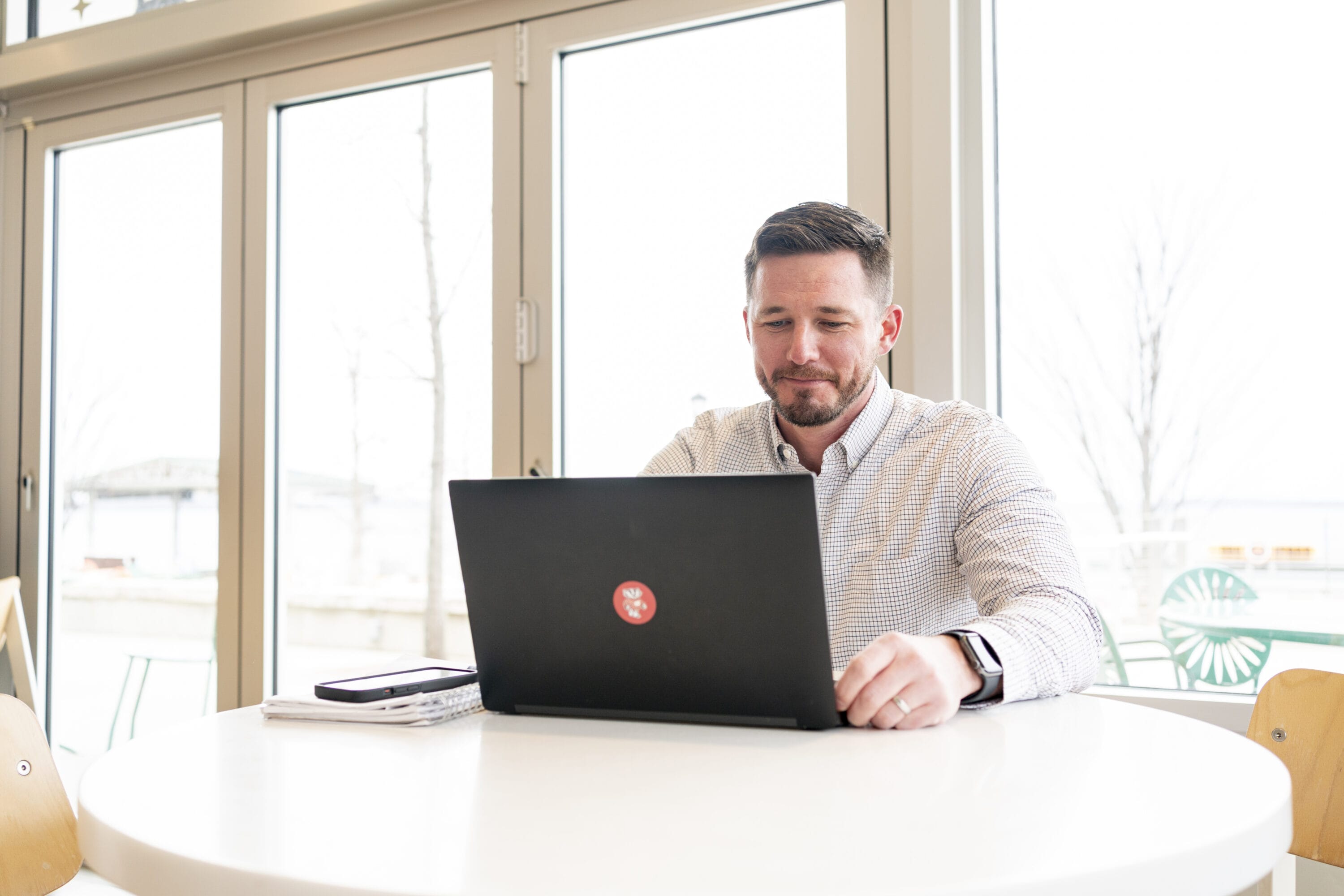
Finishing what they started
UW–Madison introduces a new initiative to increase access to education for students who can’t attend college in person and want to balance work, family or other obligations. UW–Madison Online is a fully online degree completion program for people who have earned some college credits or an associate degree and want to complete their bachelor’s. The program celebrates its inaugural class of 29 graduates in spring 2024.
2023
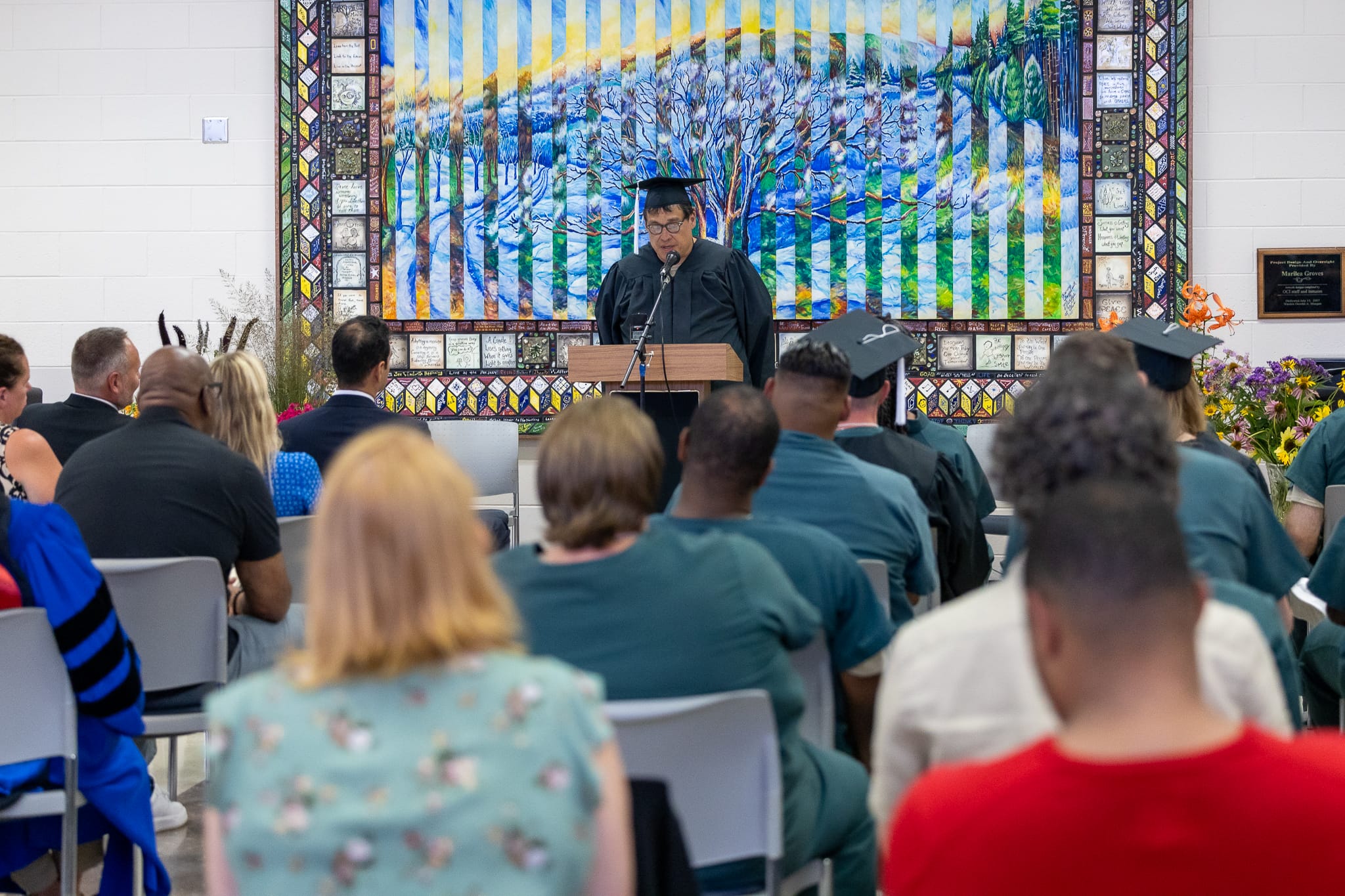
Building knowledge for brighter futures
Supported by a Workforce Innovation Grant from the Wisconsin Economic Development Corporation, UW–Madison launches the Prison Education Initiative (PEI) to offer educational programs and academic support to learners incarcerated in Wisconsin state prisons. (Higher education in prison is shown to reduce reincarceration rates, stabilizing Wisconsin families and communities.) With a focus on helping students find jobs after their release from prison, the PEI develops programs to meet the state’s workforce needs.